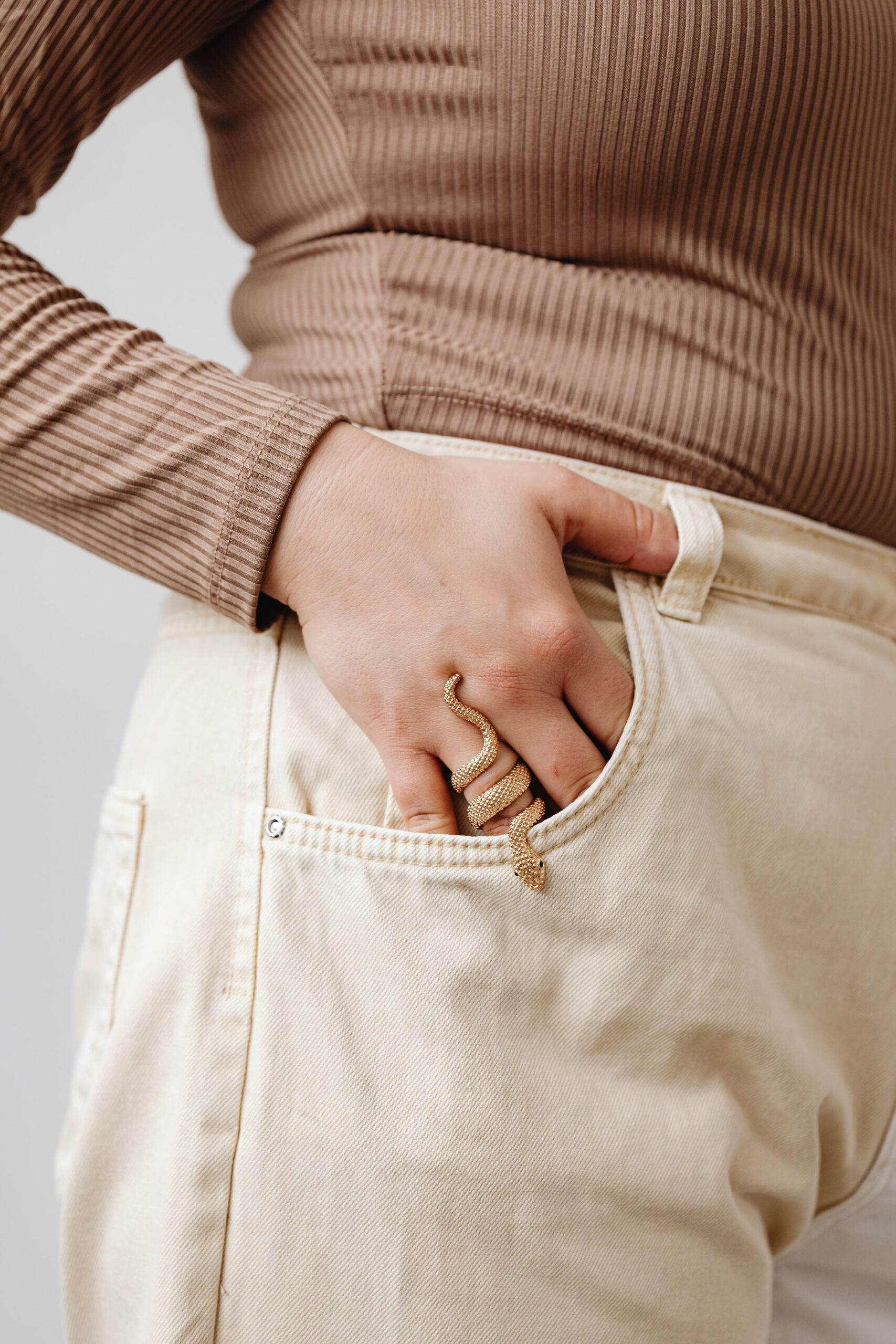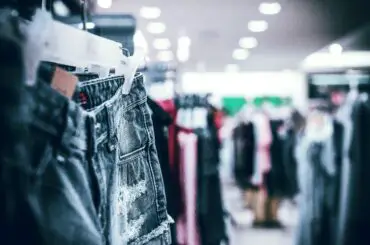Do You Wash Thrift Store Clothes Before Selling? The world of secondhand clothing offers a diverse array of treasures waiting to be discovered. However, operating or shopping in a thrift store brings with it unique considerations and questions. One of the most frequently asked questions, particularly for those new to the thrift store business, is, “Do you wash thrift store clothes before selling?”
This question bears significance due to a multitude of reasons. Firstly, cleanliness is a paramount concern in any retail setting, and thrift stores are no exception. Secondly, the presentation and perception of secondhand clothing can greatly influence a customer’s purchasing decision. Lastly, there are often health and hygiene considerations when dealing with used clothing.
Understanding whether thrift stores generally wash clothes before selling, and if they should, can offer insights into the operational procedures of these businesses and guide consumers on what to expect and how to handle their thrift store finds.
Contents
The Importance of Washing Thrift Store Clothes Before Selling
Cleanliness in the resale industry, particularly in thrift stores, is a matter of utmost importance. This sector deals with pre-owned items, and cleanliness not only reassures customers about the quality and care of the product, but it also maintains the integrity of the store.
Washing thrift store clothes before selling enhances the value and appeal of the clothing. Even the most beautiful vintage dress or the snappiest designer jacket loses its charm if it’s noticeably dirty or carries an unpleasant odor. By ensuring items are clean, thrift stores enhance their desirability and potential value. This care often translates into the ability to command higher prices, making the washing of clothes an investment in the store’s profitability.
The impact of cleanliness extends beyond the immediate sale. When customers see that a thrift store takes the time to clean their items before selling, it improves their overall shopping experience. This attention to detail signals respect for the customer, assuring them that the store values their health and comfort. It also contributes to the establishment’s reputation, fostering trust, and encouraging repeat business.
Moreover, cleanliness in the resale industry isn’t just about aesthetics or customer experience; it’s also a matter of public health. Clothes can carry dust, allergens, and more, so washing them before sale can help reduce these risks.
Practical Considerations
As straightforward as washing thrift store clothes before selling might seem, there are a number of practical challenges that come into play. Primarily, these challenges revolve around volume, time, and cost.
Many thrift stores receive a large volume of donations daily. Washing each and every item becomes a colossal task that can strain resources. It takes time to sort through the donations, then to wash, dry, and finally sort them again for selling. For a small thrift store, particularly those operated by non-profit organizations or volunteers, this can be a significant time investment that’s simply not feasible.
Cost is another crucial factor. The cost of water, electricity, detergent, and labor for washing a high volume of clothes can be substantial. For thrift stores operating on thin margins, these costs can quickly add up, making the washing of every item economically impractical.
Given these challenges, thrift stores employ various strategies to manage cleanliness while maintaining efficiency. Some stores may opt to wash only those items that visibly need it or have a noticeable odor. Others might create a priority system based on the value of the items. High-value items like designer clothes could be washed and presented at their best, while lower-value items might be sold as-is.
In some cases, thrift stores might provide clear signage or disclaimers informing customers that items are sold as received, and the onus of washing falls on the purchaser. This transparency helps manage customer expectations while addressing the practical constraints of washing all donated clothes.
Special Considerations for Different Types of Clothing
Many thrift stores receive a variety of items, from everyday t-shirts and jeans to vintage dresses and designer suits. Each type of clothing has its own specific cleaning requirements. For instance, delicate fabrics like silk or lace may require hand washing or professional cleaning to maintain their quality and prevent damage. Similarly, suits and other formal attire may need dry cleaning rather than a standard wash.
Moreover, vintage items may have specific cleaning requirements based on the type of fabric or the age of the item. Improper cleaning can cause such items to fade, shrink, or even fall apart, diminishing their value and appeal.
Given these considerations, some thrift stores may opt to sell certain items as-is, with a recommendation for the buyer to professionally clean the item. This is especially common for items that require dry cleaning or other specialized cleaning processes.
Therefore, when considering whether to wash thrift store clothes before selling, it’s important to take into account the type of clothing and its specific cleaning needs. Doing so can help preserve the quality and value of the clothing, while also ensuring that it’s presented in the best possible way to potential buyers.
Consumer Responsibility So, Do You Wash Thrift Store Clothes Before Selling?
While we have primarily discussed the thrift store’s role in washing clothes before selling, it’s also essential to address consumer responsibility. Regardless of a store’s practices, consumers should always wash clothing purchased from a thrift store before wearing it.
This practice primarily serves personal hygiene and peace of mind. Even if a thrift store washes its items before selling, a secondary cleaning by the customer further ensures the removal of any residual dust, allergens, or potential irritants that might have settled on the clothing during its display or transport.
Moreover, washing thrift store clothes before wearing them can help reduce any potential risks associated with used clothing, such as contact with bodily fluids or pests. It’s also beneficial for sensitive skin types or those prone to allergies, as washing can remove residual detergents or fabric softeners used by the thrift store that might cause irritation.
Beyond hygiene, washing thrift store clothes before wearing allows the customer to refresh the clothing item in their own preferred detergent or fabric softener, helping them feel more comfortable and “at home” with their new purchase.
Conclusion
Throughout this article, we’ve delved into various aspects of the question, “Do you wash thrift store clothes before selling?” We’ve explored the importance of cleanliness in the resale industry, adding value and appeal to secondhand clothing, and enhancing the customer’s experience. We’ve also examined the practical challenges of washing all donated items, such as volume, time, and cost constraints, and how thrift stores manage these obstacles. Furthermore, we’ve highlighted that not all clothes can be cleaned in the same way, with certain items requiring special care.
In essence, while washing thrift store clothes before selling is a highly beneficial practice, it isn’t always straightforward. Practical limitations and the diverse nature of donated items mean that the answer to this question can vary greatly. However, thrift stores employ a range of strategies to maintain cleanliness standards, and most importantly, the responsibility also falls on consumers to ensure their new finds are clean and safe to wear.



